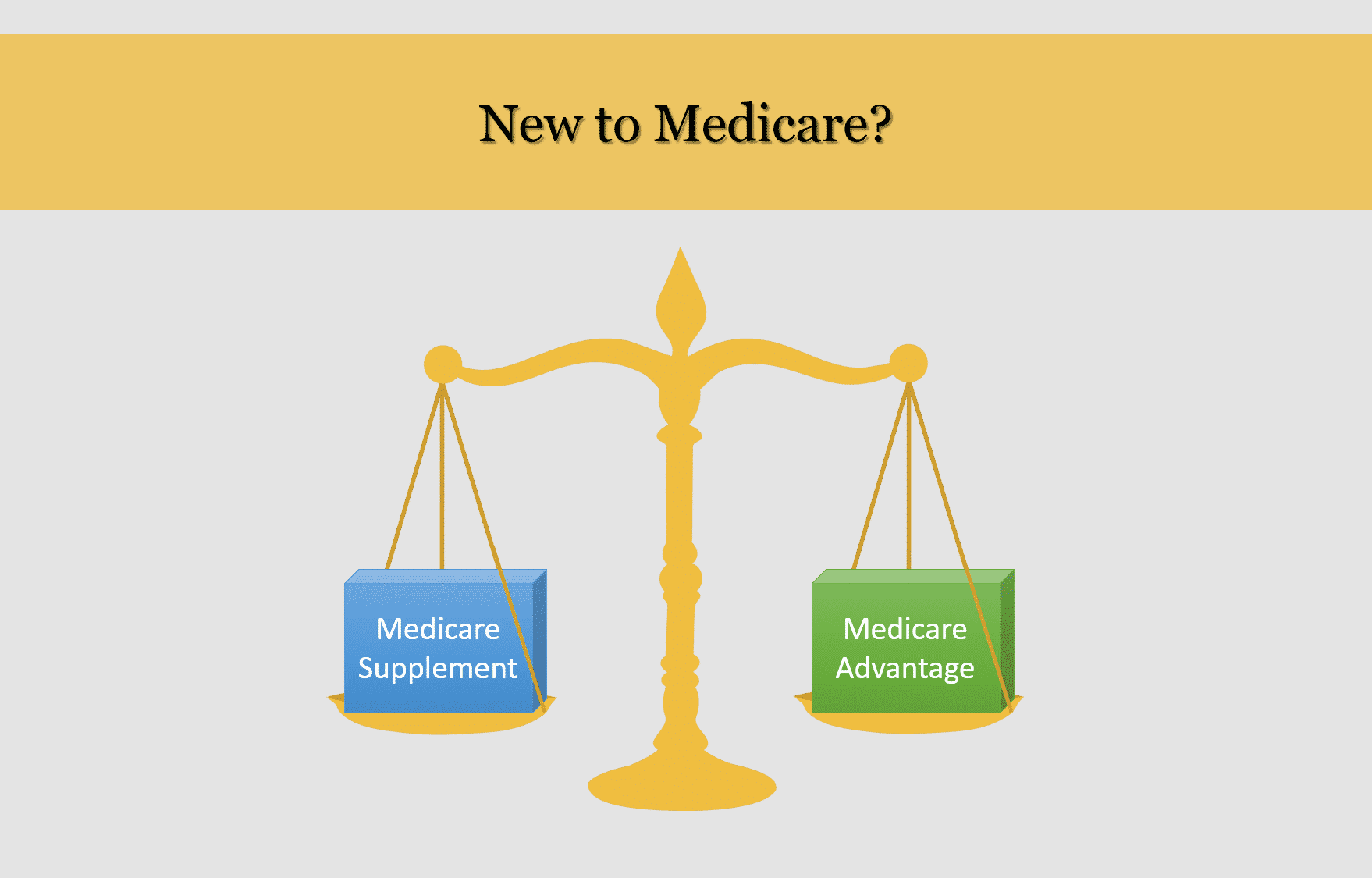
Are you turning 65 soon or have otherwise recently become eligible for Medicare? If so, then you are most likely aware that there are many considerations that go into choosing the right Medicare plan for your needs. It can be very overwhelming and not all Medicare plans are one-size-fits-all. No matter what your situation, it all boils down to deciding between two main options. Option one is to keep Original Medicare (Parts A and B) and add a Medicare Supplement plan and/or a Part D prescription drug plan. Option two is a Medicare Advantage (Part C) plan. Read on for more information to help determine which option is right for you.
What is the difference between Medicare Supplement and Medicare Advantage?
One way to look at these two choices is the way you look at the difference between a monthly gym membership versus paying per individual exercise class. For individual classes, your total monthly bill depends on the number of classes you take. For example, you could pay $40 in April for taking four Zumba classes, and $60 in May for taking six Zumba classes.
At a membership gym, you would pay the same $50 fee every month, no matter how many (or how few) Zumba classes you sign up for. Medicare Advantage plans charge by the visit, much like that “pay per class” Zumba. With Medicare Supplement, the policy charges one set price per month, much like a monthly gym membership.
What are the pros and cons to Medicare Supplement? sc-shortcode-cleaner-clean-content-end–>ADVANTAGESMore flexibility in choosing healthcare providersFreedom to switch plans year-roundEasy to compare plansCoverage travels with you throughout the United States sc-shortcode-cleaner-clean-content-end–>DISADVANTAGESHigher monthly premium costsDo not include prescription drug coverageTypically do not include added benefits/programsIf enrolling outside of your initial 6-month window, you will be underwritten sc-shortcode-cleaner-clean-content-end–>What are the pros and cons to Medicare Advantage? sc-shortcode-cleaner-clean-content-end–>ADVANTAGESLower monthly premium costsLimit maximum amount you must pay out-of-pocket each yearAdditional benefits and programs (i.e. dental, vision, gym memberships, etc.)Many plans include prescription drug coverage (Part D) sc-shortcode-cleaner-clean-content-end–>DISADVANTAGESLess freedom in choosing healthcare providersSwitching plans is limited to the annual enrollment periodGetting coverage for procedures can be more complicated (referrals, prior authorization, etc.)Some limitations on compatibility with other forms of retiree coverage (i.e. Tricare) sc-shortcode-cleaner-clean-content-end–>





